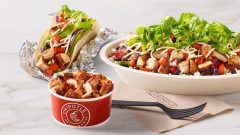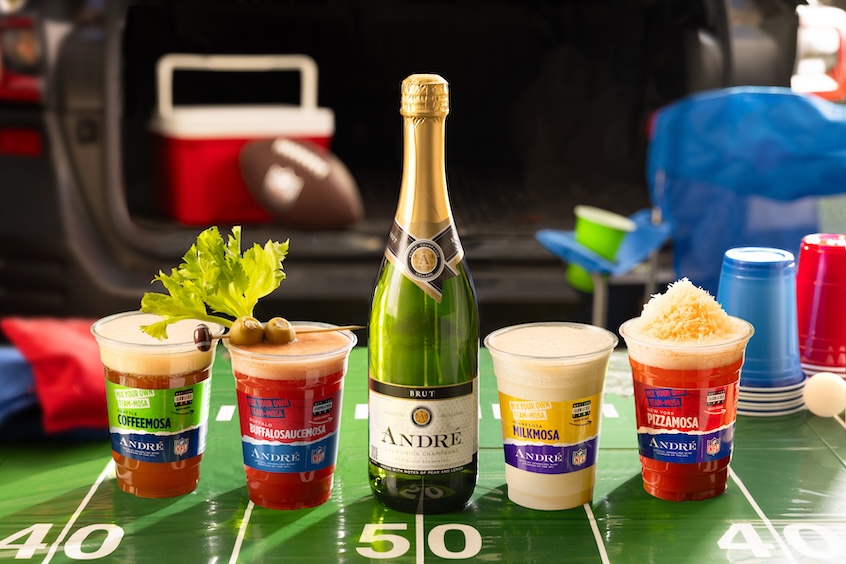Get The Perfect Braise, According To Owner and Executive Chef, Rich Mead’s Useful Tips

Chef Rich Mead is a 35-year veteran in the culinary industry and has founded and spearheaded several Southern California restaurants such as Sage, Canyon, and Seventeenth Café. Active in both local farms and philanthropic efforts, Mead is involved with the Culinary Liberation Front, working to educate the public and local chefs about how and why they can do better supporting the mantra of local and sustainable.
On Sunday, February 26th I had the opportunity to speak with Owner and Executive Chef, Rich at his new restaurant ‘Farmhouse at Roger’s Gardens’ in Corona Del Mar, CA discussing various topics like how to achieve the perfect braise, the importance of buying local and sustainable, and reducing food waste.

Photo Courtesy of Farmhouse
Tell us a little bit about Farmhouse and what you guys have going on over here.
Chef Rich: Farmhouse has been open since September 2016. By being inside Roger’s Gardens, we’ve got a unique “field-to-fork” dining experience over here. A lot of our ingredients come locally sourced as much as possible, delivering a fresher and more flavorful dining experience.

Photo by author
What is the importance of creating from locally sourced foods?
Chef Rich: Food will taste that much better! Knowing where your food comes from and knowing that its farm fresh and local, not some farm in the East you don’t know about. There’s also the importance of supporting small businesses and families as well. Having that connection with farmers at farmer’s markets, nourishing those relationships with people.
What tips can you give novice chefs and individuals who are inexperienced in the kitchen about braising and how to create the perfect braise? What are the uses of long and short braise?
Chef Rich: Low and Slow. Keep your temperature low and cook it slow. When your protein has reached the right doneness, fork tender, leave it in the braising liquid to cool before removing it. Also, if you can do the braise the day before you serve it, it will bring the flavors out and will also help firm up your protein.
A slow braise is used for meats that are more muscular— muscles the animal will use often which in turn makes them harder to cook quickly at high heat. The long braise at a low temperature helps the collagen break down and in turn, the product will become tender and the braising liquid will intensify in flavor. A long braise is also great for vegetables like root veggies and fennel.
A short braise is used for chicken and seafood. The meat is easier to cook and more tender and doesn’t require a long period of time to cook. The braising method helps create a deeper more intensely flavored sauce by using the braising liquid.
Studies about food waste were conducted and it concluded that we throw away about 40% of our food. I know you mentioned that you try to reduce that number as much as possible in your restaurants by utilizing everything to its fullest extent. Do you have any tips for regular households on managing food waste?
It’s hard because the quantities of food you have to buy at times are larger than you might use to make a dish for only a couple of people. Also, most people don’t have the time to go to the grocery store every day to shop for their meals and because of that you may buy too much.
Try to buy what you’re going to use and plan your menu around the leftovers in your fridge. Maybe one or two days a week plan on making a meal with leftovers— soups are always fun and having the right things in your pantry can help beef up your leftovers into a meal.
Just as a mom might do, our job as a chef often deals with how we use leftovers. Of course our family meal is different than yours—we have a chance to use scraps and extras to feed our staff at the end of each shift.
What exciting things can we expect from you and Farmhouse in the near future?
As we begin to get our legs under us we are hoping to work into tasting menus which would allow us to have some specials as well as give repeat customers a chance to taste something new every time they come in.
We also are going to begin having dinners that might feature farmers, wines, cocktails and some things that will give us a chance to stretch a little and have some fun.
We are also going to run some fun specials at the bar— for example we’ve been working on making biscuits with flour we mill from our friends at the Tehachapi Grain Project and these biscuits might be served with honey ginger butter, turkey sausage gravy and sausage biscuit sandwiches…and so much more.






















